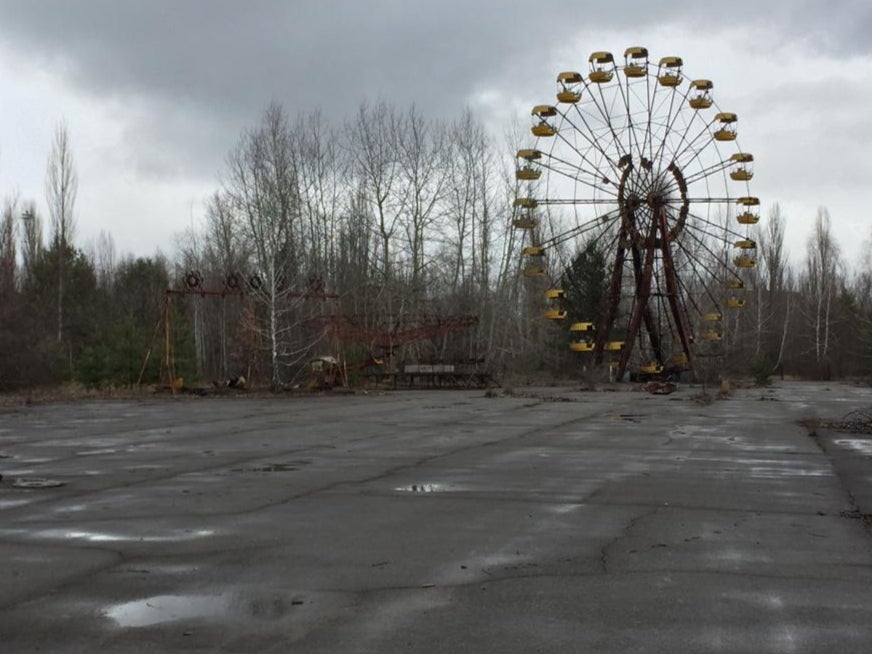
Spent nuclear fuel and other radioactive waste accumulated during the plant’s operation and decommissioning remains on site. Why are these measures so important?Īlthough the last reactor was shut down in 2000, the Chernobyl power plant is still a nuclear facility with the highest possible safety protocols. Some areas where the old fuel is processed are encased in lead glass and concrete. You've described the stringent security measures you have to go through in order to access the site. The passage of time is this place’s greatest enemy the rest of the destruction comes at the hands of thieves, vandals, and tourists who are visiting the Chernobyl Exclusion Zone in increasing numbers. It’s like a Ukrainian version of Angkor Wat.

Entire houses are overrun with vegetation, which then invades their interiors and tries to take back what once belonged to them. Unnaturally tall trees begin to cover buildings. Without human intervention, it reverts back to nature. Several buildings have already fallen down, and others will meet a similar fate sooner or later. They undermine the foundations and damage ceilings, which then begin to crack, crumble and collapse. The main cause, of course, is the passage of time and weather conditions such as snow, rain, frost, and dampness that gradually destroy the buildings’ steel and concrete structures. During this time, the abandoned and un-renovated buildings, from which more than 100,000 people were evacuated, have been slowly but surely decaying. More than 35 years have passed since the greatest nuclear disaster in history. How would you say the physical environment has most changed over the past decade? You have been photographing the Chernobyl area since 2008, specifically focusing on the buildings and those who live and work in the area. For more technical information on Podniesiński's journey through Chernobyl and how the plant operates, check out his article The Sarcophagus's Labyrinth. My Modern Met had the chance to catch up with Podniesiński and speak about his work documenting Chernobyl. His other photographic projects range from documenting shipwrecks to photographing local religious practices in Africa. He also published the photo album HALF-LIFE: From Chernobyl to Fukushima (2018) with photos and essays on the Chernobyl and Fukushima disasters. Podniesiński has created a two-part documentary film on Chernobyl- Alone in the Zone (2011, 2013)-which explores the evolving conditions of the site and the lives of those who live around it. In Podniesiński's photographs, the post-meltdown plant is a fascinating yet dangerous place. Some rooms used in this process are too dangerous even for humans to enter instead, machines are operated from remote control rooms. This ongoing project involves decommissioning and processing fuel in special, delicate processes. The photographer also provides an instructive look at the management of the nuclear fuel and waste that remains at the site. In offices such as BK2, porcelain tea sets and archaic telephone equipment lie abandoned. Podniesiński's images include a glimpse of the abandoned debris that remains much the same as it was left in the late 1980s when the plant was evacuated.

However, nothing can truly protect from the intense radiation in the depths of the old sarcophagus of reactor 4. He carries devices to measure levels of radioactivity and wears protective gear. He has to check in with security and be lead by an expert guide. Although the exclusion zone now welcomes some tourists, Podniesiński has built relationships at the plant and is able to access spaces deep within the plant that few eyes will ever see.

This includes the building of a New Safe Confinement building around the highly radioactive remains of the No. Since his earliest trip to the site, he has seen the continual progress of containment efforts. Podniesiński first began photographing Chernobyl in 2008.


 0 kommentar(er)
0 kommentar(er)
